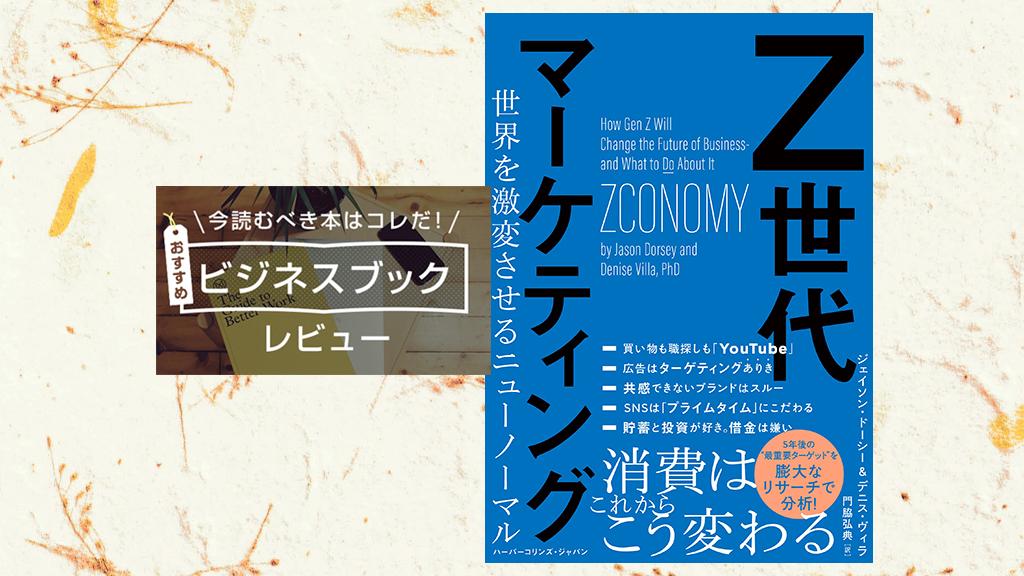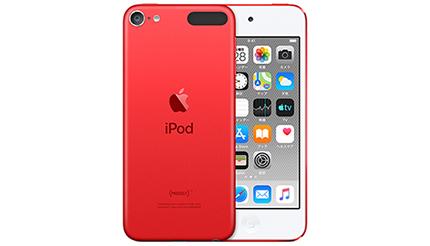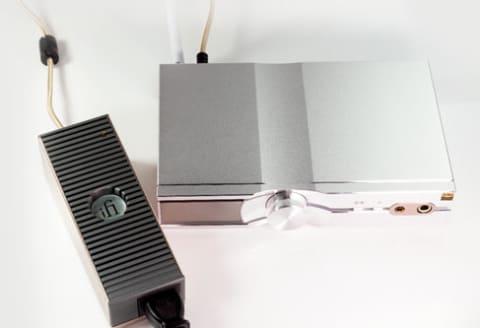What does the "now" of a smartphone look like?
Speaking of the appearance of smartphones, it was standard that one to three buttons were lined up under the vertically long display. Press the button to return to the home screen. The behavior should have been ingrained at the DNA level.
But, the design of smartphones has changed drastically since last year, hasn't it? yes. The display got bigger and bigger, and the physical buttons disappeared from the front of the smartphone. As for the camera, multiple lenses are commonplace. Some high-end models have three lenses lined up, and I even feel like "I want two lenses if camera performance is important."
Why did the design of smartphones change drastically in the past year? It's as if it happened with a mutation. In order to approach the mystery, I would like to talk to someone who is familiar with it ...
With that in mind, I looked around the desk and found it! Gizmodo Japan's brother media, Yu Ito, Deputy Editor-in-Chief of Business Insider Japan, who is next door (seat).
Yu Ito
Deputy Editor-in-Chief of Business Insider Japan / Technology Manager. Since the early 2000s, he has been an editor of major IT publishers' magazines and PC / IT weekly magazines, seeing technology in general, from hardware to web services. Of course, I've been getting smartphones since the dawn.
There was a person who was familiar with it in the right place. So, I immediately listened to the story. Why did the current smartphone trend look like this?
Full-screen display: "Because it's cool" was popular
── Thank you for your time today. Even so, I meet every day (laughs). Speaking of smartphones, the appearance of a button under the display has been going on for a long time, but the design has changed considerably since last year, and the number of smartphones with most of the body like a display has increased significantly. Why did everyone lose the button?
Ito: To put it very simply, it looks cool. It's getting harder to make an impact with features, so I think there's one thing that "misses the button."
──Because it's cool! It's true that smartphones with a narrow bezel look stylish, but I thought it might be because of their functional benefits.
Ito: I think it's quite important that it looks cool at first glance. Approximately 10 years after the appearance of smartphones, full-screen displays have appeared where designs with buttons and touch sensors on the top and bottom of the display have become commonplace. Moreover, the usability is not bad.
Coupled with the widespread use of organic EL displays, it is possible to appeal at a glance that not only the design but also the image quality and curved screen are "functionally amazing". There was a part that could be realized only by organic EL, even if the screen was enlarged by the ultra-narrow bezel.
What is interesting is that the liquid crystal display could be made into a similar design by devising it. The evolution of LCDs has had a major impact on the fact that even middle-class smartphones, which are cost-sensitive, have followed the full-screen design trend.
──In addition to the full screen, the number of notches (a design in which a part of the screen is recessed) has also increased. Why did everyone come to emphasize the notch?
Ito: One is that it is easier to make if there is a technical notch. If you try to eliminate the notch, I think there is a hurdle like preparing an insanely small camera unit to make a full-screen type terminal.
After all, Apple made a notch on the iPhone and accepted it, so I think other makers thought "that's okay". Maybe it was a shock to the industry.
The second is a design technique, isn't it? With a full-screen display, there's nowhere to make a design accent. With that in mind, I wonder if it is a technique to intentionally create a notch for accents.
Dual lens: Born to reproduce beautiful photos on your smartphone
──I think the camera has changed alongside the notch. Nowadays, it's normal for a smartphone camera to have two lenses lined up, isn't it?
Ito: The driving force behind dual lenses is HUAWEI. I think the announcement of HUAWEI P9 in 2016 is their turning point as a brand. Until then, HUAWEI had the image of a manufacturer that made middle-class smartphones with good cost performance, but it has been selling double-lens cameras that can make blurs with P9.
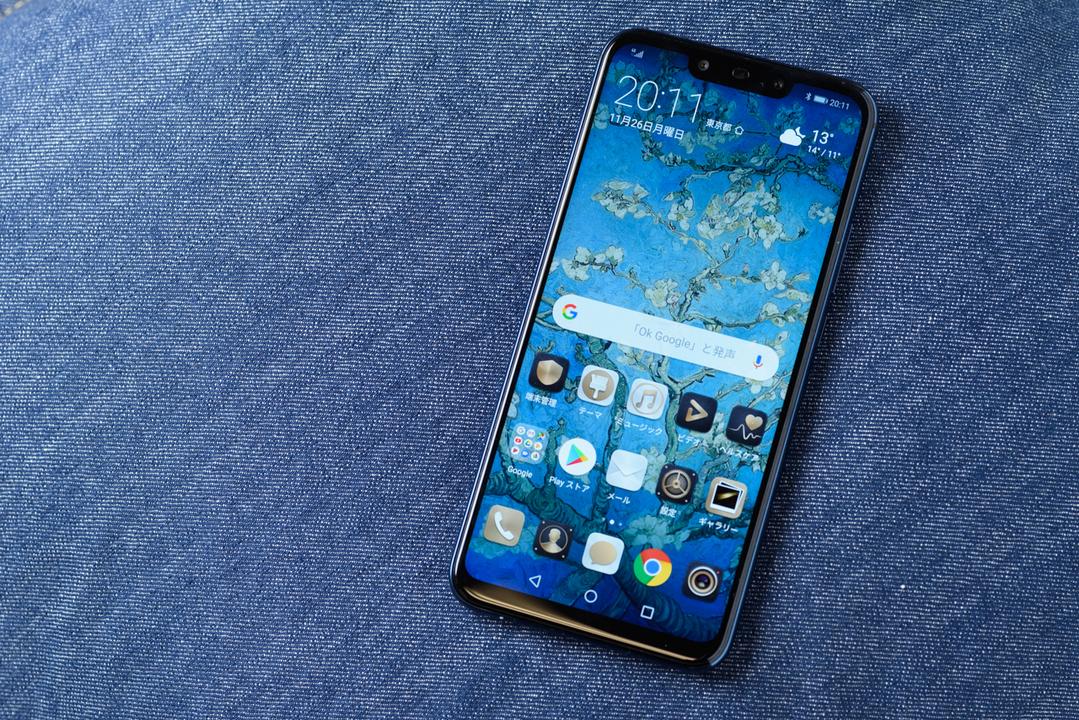
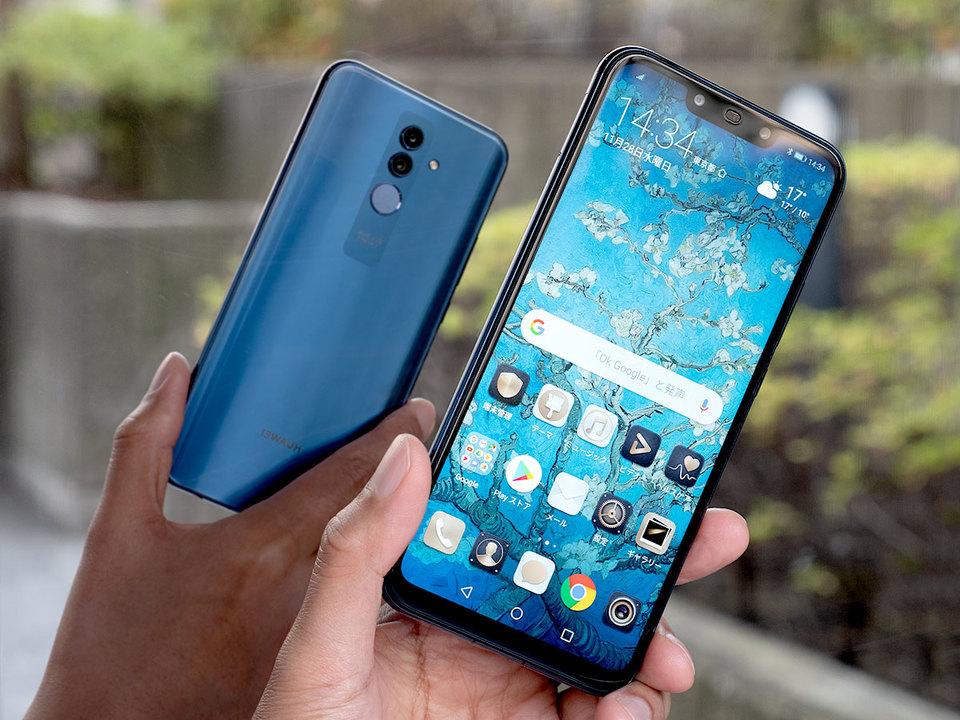
When I first saw it, including the collaboration with Leica, I was wondering if it would work, but the terminal was cool, and above all, the image quality of the camera was really good. All the IT journalists who hadn't paid attention to it until then started making noise. That is connected to now.
──It was from HUAWEI P9 that the collaboration with Leica started.
Ito: You're good at making colors, aren't you? If you compare it to music, it feels like the difference between digital music (compressed music) and pure audio. Neither HUAWEI nor Leica will be aiming for the pure direction with smartphone photos. If anything, it seems that they are aiming for Instagram.
For example, I think I'm aiming to make the background blur look as natural as possible, but it's still a software-processed image rather than a pure optical blur, so it feels strange when enlarged. But if you look at it on Instagram, it looks really beautiful.
──Do you mean that you specialize in image quality on your smartphone?
Ito: That's right. I feel like I'm conscious of the best thing I can see on this screen. It's the same not only on Instagram but also on Facebook and Twitter. In short, I think it's how beautiful photos are displayed on SNS.
In fact, most people look at their photos on their smartphones. Therefore, I think it is very rational to optimize it for smartphones. That's why the blurring with dual lenses became so popular that other manufacturers followed suit.
AI chip: It seems to be standard equipment on future smartphones
──Next, I would like to talk about the contents of your smartphone. Most high-end smartphones these days are appealing the specifications of neural chips that are in charge of AI processing, but what are neural chips used for?
Ito: It can be used in various ways, but I think it's mostly used for camera functions now. It's an operation to adjust the color, such as blurring the background. It's a big trend in the smartphone world right now.
──Will neural chips spread throughout the smartphone industry from now on?
Ito: This is just an imagination, but isn't a smartphone an IoT device? The trend of IoT is how smart AI can be operated by a single device. Whether it's camera image or voice recognition, if you contact a server on the cloud, the response will be slow and the amount of communication data will increase explosively. If you want to solve this, you have to finish the AI processing in your smartphone. Therefore, in the future, it is a common understanding in the industry that there is no choice but to implement a mechanism to improve the processing performance of AI inside the smartphone.
──If you can achieve such a common recognition, it seems that you have no choice but to insert a chip for AI.
Ito: I feel that there is no option to "do not do it" in order to survive. Right now it's only high-end terminals, but it doesn't make much sense if it can only be used on some smartphones. Since it can be used with both cheap and expensive smartphones, the number of apps that use it will increase. If we can achieve that, I think we can become a platform.
At the moment, AI processing is used exclusively in cameras, but at least if the image quality of the camera improves thanks to neural chips, I think it will eventually be available in non-high-end terminals. By mass-producing, we can improve the technology and unit price of chips, which will increase our competitiveness.
The middle class is the most interesting smartphone
── Also, aren't smartphones these days really expensive? It seems that over 100,000 yen is the norm for high-end models.
Ito: There are more functions than in the past. But personally, I like the competition for affordable smartphones. You may see the manufacturer's ingenuity and wonder, "Is this 40,000 yen?"
──I feel the manufacturer's efforts.
Ito: It's interesting that the texture is high, even though it's divided in various ways. Recently, I've been paying attention to where middle-class models are coming.
The latest trend of the middle class machine "HUAWEI Mate20 lite"
According to Mr. Ito, it is interesting to see the efforts and ideas of manufacturers in middle-class smartphones. HUAWEI's new model "HUAWEI Mate20 lite" can be said to be the representative of such "middle class incorporating the latest trends".
The 6.3-inch display is a popular full-screen type. There is no physical button and there is a notch, and at first glance it has a high-end personality. However, the screen is not an organic EL but a liquid crystal display. By introducing the latest liquid crystal display, we have realized the full screen while keeping costs down.
On the back, a dual lens with about 24 million pixels and about 2 million pixels, which is also a trend, is set. It is also equipped with an AI function, which automatically identifies 22 types of scenes and subjects and shoots with the optimum image quality. Just press the shutter and it will make your photo look good.
The HUAWEI Mate20 lite, which incorporates all these functions, is not a high-end model, but at a reasonable price ... I thought it was a decent (?) Middle class. The main unit price is 39,800 yen (excluding tax). This price while following the latest trend features. No wonder Mr. Ito says "middle class is interesting".
Ito: After that, it's not a trend, but I think it's better to have an earphone jack. I'm against the abolition of earphone jacks (laughs). Wired earphones can be procured at convenience stores and 100-yen shops, so it's best to have them in case of emergency. I would like manufacturers to attach earphone jacks!
Enjoy the latest features at a reasonable price. Hurry to BicCamera!
If you want to get the latest trends in smartphones, a model that costs 100,000 yen or more is not a must. With the middle class HUAWEI Mate20 lite, you can enjoy the latest smartphone functions at an affordable price. Rather, I feel that this performance is amazing at this price.
HUAWEI Mate20 lite is only available at BicCamera Group consumer electronics retailers such as BicCamera, Sofmap, and Kojima. I want to enjoy the latest smartphone for about 40,000 yen! If you are, please check with your local Bic Camera.
Source: HUAWEI


